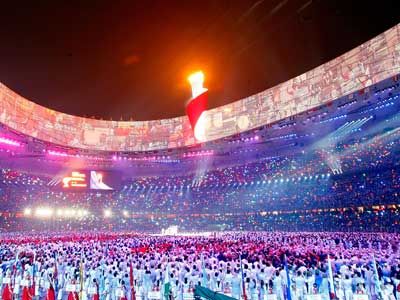
Gazing up, you might see a few fluffy bunnies drift by, followed by a fleet of racing sailboats. Finally, the handful of ominous tumbling masses that roll in abruptly ends an afternoon spent gazing at the clouds.
So just where do these clouds come from, and how do they make rain, sleet and snow? Before we get into how clouds work, let's get familiar with all the different types of clouds we see drifting overhead.
Advertisement
Basically, clouds are differentiated by altitude and by shape. This work was pioneered by Luke Howard at the beginning of the 19th century. From his work, we now classify clouds in a couple of ways. The clearest way to understand this system is to examine the Latin roots of the words.
The main types of clouds are:
- Cumulus (meaning "heap" or "pile"): flat on the bottom with big billowy tops
- Stratus (meaning "layer"): short and spread across great distances
- Cirrus (meaning "curl of hair"): wispy and thin
- Nimbus (meaning "rain" or "rainy cloud"): likely to bring precipitation
These clouds don't look much like each other, but they all form through the same basic steps. In this article, you'll learn about this process, along with how clouds make rain and why you can see bright blue clouds in some places at twilight.


